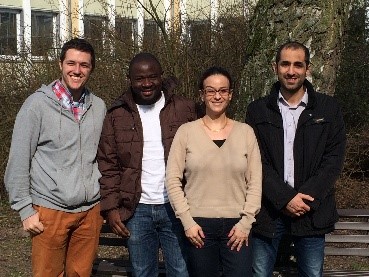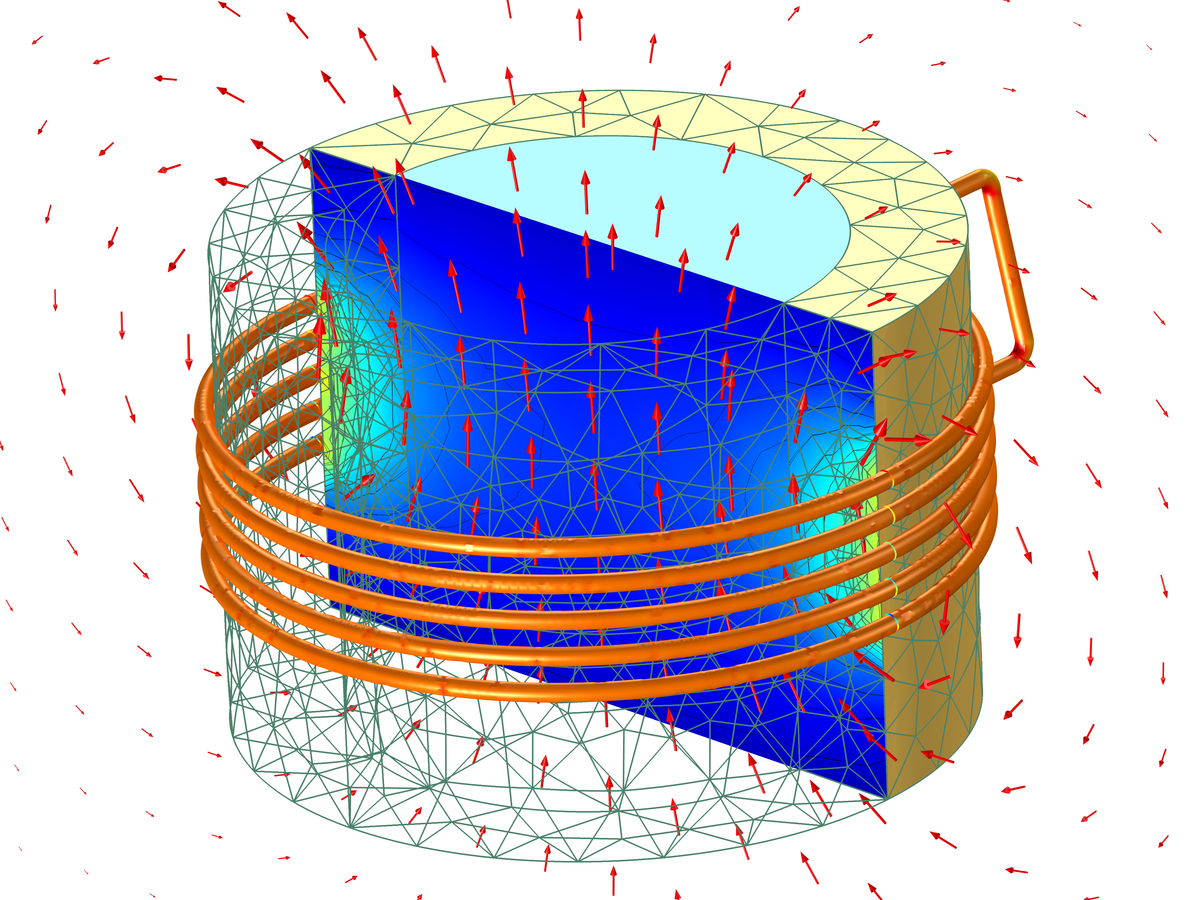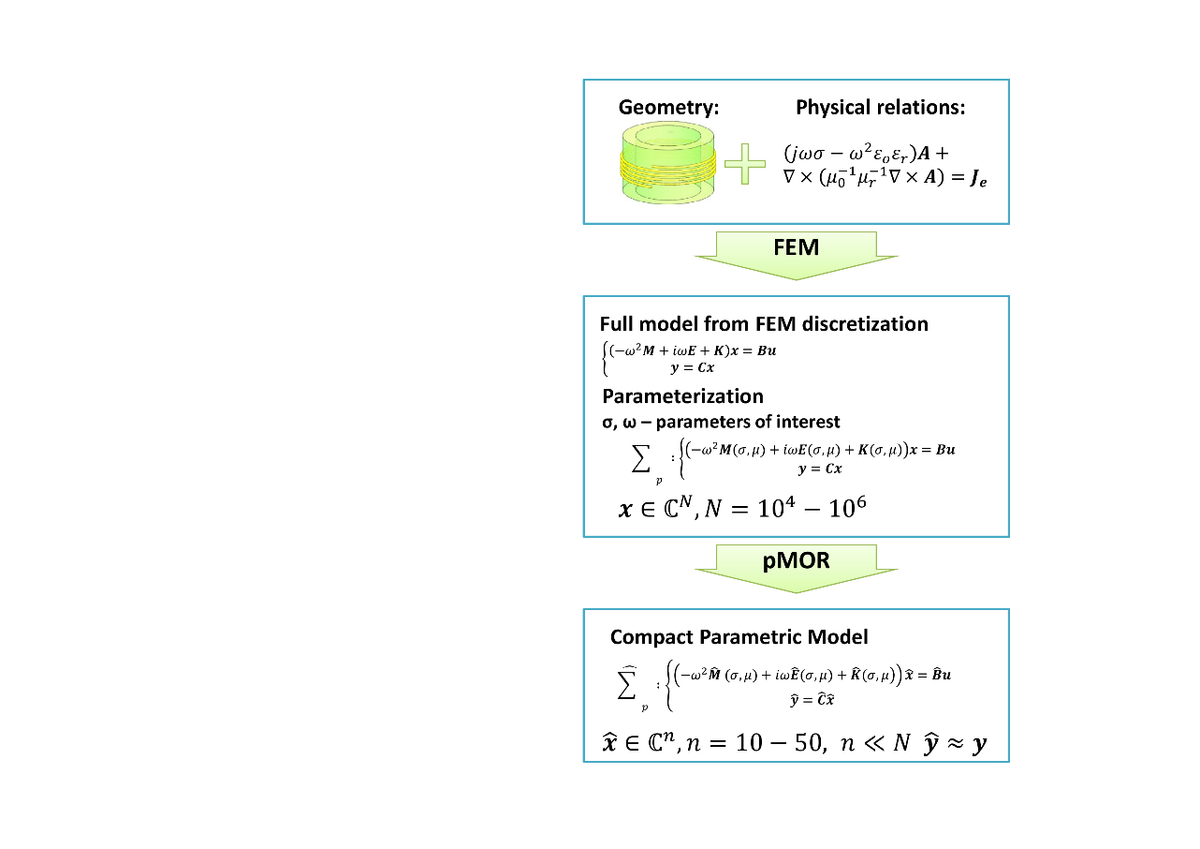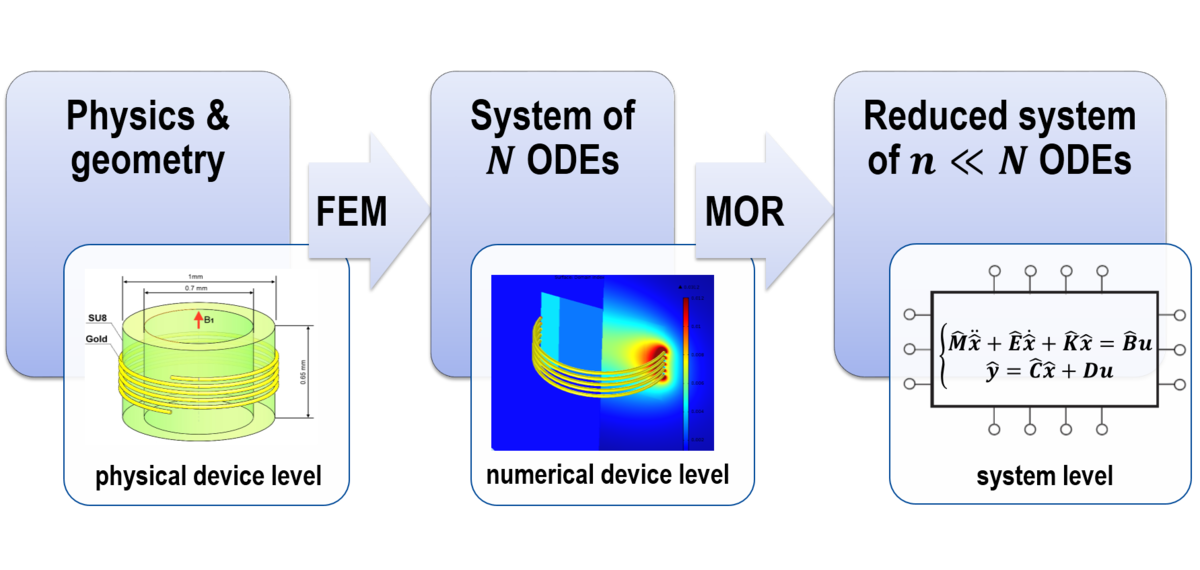Arbeitsgruppe Mikrosystem Simulation
Die Arbeitsgruppe für Mikrosystem Simulation wurde im Oktober 2014 gegründet. Ihre Forschungsinteressen gelten der multi-physikalischen Modellierung von Mikro- und mechatronischen Systemen sowie deren Simulation auf Systemebene. Zur Anwendung kommen mathematische Methoden der Modelordnungsreduktion und Topologieoptimierung.
Forschungsschwerpunkte
- Modellierungs- und Simulationstechniken für multi-physikalische Mikro-Mechatronische Systeme
- Modellordnungsreduktion für zeiteffiziente Systemsimulation
- Topologieoptimierung
Aufgrund ihrer Natur als Energiewandler, ist die Kopplung mehrerer Energiedomänen ein inhärentes Merkmal vieler Mikrosysteme. Deren Modellierung auf Kontinuums-Ebene und die numerische Simulation einzelner Bauteile ist als Stand der Technik anzusehen. Sobald jedoch ein Zusammenwirken des Bauteils mit der umgebenden Elektronik, dem Gehäuse oder weiteren Bauteilen zu berücksichtigen ist, sind kompaktere Modelle mit akzeptabler Genauigkeit notwendig.
Ein reduziertes Modell wird durch mathematische Reduktion der Anzahl von Freiheitsgraden eines numerischen Modells gewonnen. Der Hauptvorteil einer mathematischen Modellordnungsreduktion (MOR) ist ihre Automatisierbarkeit und hohe Genauigkeit. Unsere MOR-Verfahren lassen sich direkt auf große Differentialgleichungssysteme, die beispielsweise bei der Finite-Elemente-Methode (FEM) entstehen, anwenden. Reduzierte multiphysikalische Modelle sind zeiteffizient lösbar und lassen sich zusammen mit einer elektrischen Schaltung simulieren oder im Rahmen einer Optimierung einsetzen.
Parametric Model Order Reduction for Micro-Magnetic Resonance Imaging (Inhaltselement)
Miniaturized Faraday-induction-based magnetic resonance sensors are radio-frequency (RF) micro-devices that operate within strong magnetic fields. One of the main fields of application is the magnetic resonance imaging (MRI).
When aiming at device-circuit co-simulation, the use of resulting full-scale finite element (FE) model (see Fig. 1) is prohibitive due to its excessively high computational cost. Hence, the more efficient, compact model, is needed. The representation of a sensor model by the equivalent network of resistors, capacitors and inductors, is commonly used method of compact modeling. Such approach, however, leads to the loss of accuracy and requires experience, of the designer. An alternative is mathematical model order reduction (MOR), which is formal, robust and can be made fully automated. Moreover, parametric model order reduction (pMOR), based on multiparameter moment-matching, allows producing compact models that are valid over the range of desired parameter’s values without the need to redo the reduction.
The proposed methodology consists of the following steps (see Fig. 2):
- Defining the physics and geometry of the sensor model.
- Getting linear algebraic equations system after spatial discretization of the governing PDE by e. g. finite element method.
- Introducing the parameters which should be preserved in the compact model.
- Generation of compact parametric model using pMOR algorithm.




